Your Top 10 Questions About Hair Loss Answered

Table of Contents
- No Time to Read? Here’s a Snappy Summary of This Article
- Introduction
- QUESTION 1: AM I LOSING MORE HAIR THAN I SHOULD BE?
- QUESTION 2: HOW DO I KNOW IF I AM GETTING STRONGER HAIR?
- QUESTION 3: HOW DO I KNOW IF MY HAIR LOSS IS DUE TO MALE PATTERN BALDNESS?
- QUESTION 4: IS HAIR LOSS PERMANENT?
- QUESTION 5: WILL COLOURING MY HAIR MAKE IT FALL OUT OR CAUSE HAIR LOSS?
- QUESTION 6: WHAT ARE THE FOODS THAT CAN CAUSE HAIR LOSS?
- QUESTION 7: DOES FREQUENT COMBING CAUSE HAIR LOSS?
- QUESTION 8: DOES DANDRUFF CAUSE HAIR LOSS?
- QUESTION 9: WHAT IS THE BEST TREATMENT FOR HAIR LOSS?
- QUESTION 10: HOW LONG DOES IT TAKE TO SEE RESULTS FROM A HAIR LOSS SOLUTION?
- CONCLUSION: DO NOT LET HAIR LOSS AFFECT YOUR CONFIDENCE AND WELL-BEING
- Frequently Asked Questions (FAQ)
- Have an Article to Suggest?
- Meanwhile, Check Out Tropika Club’s Ecosystem of Websites
No Time to Read? Here’s a Snappy Summary of This Article
- Your Top 10 Questions about Hair Loss Answered: A comprehensive guide that answers the most common questions about hair loss, its causes, and its treatments.
- What is Hair Loss?: Hair loss is a condition that involves losing more hair than normal, resulting in thinning, balding, or receding hairline. It can affect both men and women of any age.
- What Causes Hair Loss?: Hair loss can be caused by various factors, such as genetics, hormones, stress, aging, medical conditions, medications, diet, or lifestyle .
- How to Prevent Hair Loss?: Hair loss can be prevented by adopting a healthy lifestyle and hair care routine that include eating a balanced diet, drinking enough water, avoiding smoking and alcohol, reducing stress, using gentle products, and protecting the hair from heat and sun damage .
- How to Treat Hair Loss?: Hair loss can be treated by using various methods, such as medications, supplements, topical products, scalp massage, laser therapy, hair transplant surgery, or alternative therapies. The choice of treatment depends on the type and severity of hair loss, the budget and preference of the customer, and the advice of the specialist .
Introduction
Are you suffering from hair loss or thinning hair? Do you start finding more hair on your pillow or in your hairbrush? Do you find more hair in the shower drain after your bath? Hair loss questions are likely some of the biggest health and beauty concerns that most people face today. While losing hair is part of our daily lives, beginning at age 35 with a 40% loss rate of men and growing to a 70% loss rate for men age 80, the majority of the worldwide population will suffer from a hair loss problem. By age 60, women hair loss sufferers will be in the 80% range. In this article by Wellaholic and curated by Tropika Club, we will answer your top 10 questions asked about hair loss and hair regrowth.
QUESTION 1: AM I LOSING MORE HAIR THAN I SHOULD BE?
Do not panic immediately if you see more hair in the shower drain. Based on hair restoration experts, women lose between 50 and 100 strains per day, even up to 150 in some cases. Men tend to lose even more hair. Now, when you grow older, hair gets thinner and greyer as a result. When this happens, the hairs break more easily. There are many factors leading to this, including the loss of protein, vitamins, minerals and other hormonal factor may also be the cause. hence, the hair follicles will start to shrink, and this will restrict the mechanism for new hair growth.
Hormones are the most common cause of hair loss for both women and men. In both sexes, the specific hormone responsible for hair loss is the same: dihydrotestosterone (known as “DHT”), a hormone that your body produces as a byproduct of testosterone.
Your body uses testosterone as a precursor for several other hormones. One of these hormones is DHT. DHT affects your hairline by miniaturizing hair follicles, causing the hairs to stop growing as they normally would and eventually fall out.
This hair loss is called androgenic alopecia, or female-pattern hair loss (FPHL). Overall, it’s the most serious form of hair loss. Because androgenic alopecia can miniaturize your hair follicles, the hair that you lose is often gone permanently.
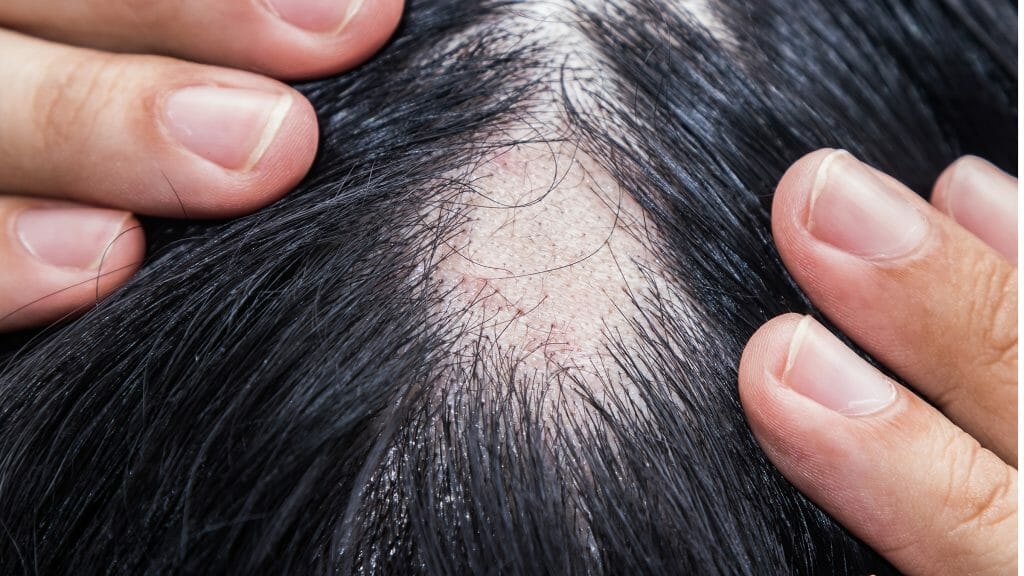
QUESTION 2: HOW DO I KNOW IF I AM GETTING STRONGER HAIR?
You can check on your hair’s health and strength with this method:
- Take about 50 to 60 hairs between your fingers
- Pull or tug at it, running your fingers through your hair.
- Pulling out 5 to 8 strands of hairs with this method is reasonable.
- However, if you are pulling more hairs than this, then it might show that you are losing more hair than the normal amount.

QUESTION 3: HOW DO I KNOW IF MY HAIR LOSS IS DUE TO MALE PATTERN BALDNESS?
Male pattern baldness refers to a loss of hair on the scalp in men. It happens as hormone levels change over a man’s lifetime, and especially in the later years. It is thought to affect 50 million men in the United States, and half of all men by the age of 50 years. Now, going bald is a relatively slow process which will take a significant amount of time to happen. Identifying the first phase of hair loss that leads of baldness is often tricky and hard to determine. However it is still possible. You will need to look for signs of a M-shaped or horseshoe-shaped hairline. This is further complicated with hair thinning and excessive hair loss during a shower. When this happens, the indicator for male pattern baldness is strong.
Androgenic alopecia refers to the genetic condition of male pattern baldness and female pattern baldness or hair loss caused when enzymes in the body turn the hormone testosterone into dihydrotestosterone also known as DHT. This hormone has the effect of shrinking the hair follicle. It aesthetically appears very differently in both men and women. For example, the Journal of Investigative Dermatology says that “the prevalence of mid-frontal hair loss increases with age and affects 57% of women and 73.5% of men aged 80 and over.”
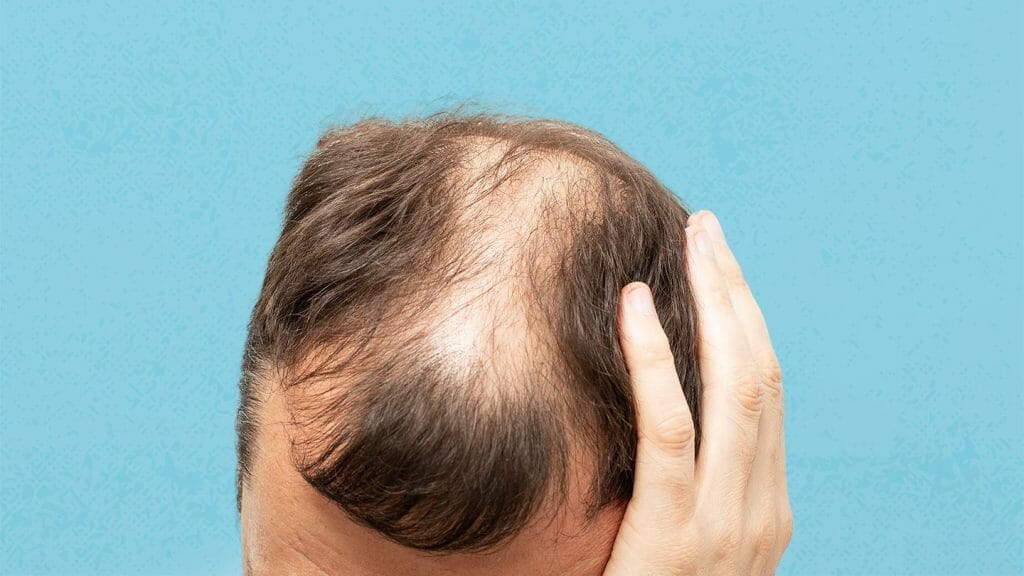
QUESTION 4: IS HAIR LOSS PERMANENT?
Except for loss due to genetic factors, hair loss is usually temporary. In fact, if pregnancy, medication, physical stress, vitamins, minerals, or protein deficiency is the cause of your temporary hair loss, your hair might be okay after recovering your healthy medical status. The hairs should grow back very quickly. Excess hair loss might lead to certain shedding that can be reversed after taking corrective measurements. This is also non as non-scarring alopecia.
Permanent hair loss occurs when a scarring alopecia is present on the scalp. When there is scarring the hair loss is permanent because scar tissue on the skin of the scalp block the opening of the follicle. Scarring alopecia can be caused by auto immune problems, where a group of white blood cells attack other cells of the hair follicle and causes scarring. Other problems that cause scarring alopecia are wearing tight or heavy ponytails, braids and extensions, burns, blunt trauma to the head, surgery of the scalp, and scalp infections that go untreated.

QUESTION 5: WILL COLOURING MY HAIR MAKE IT FALL OUT OR CAUSE HAIR LOSS?
The straight answer is “Yes”. Both permanent and semi-permanent hair colour products contain harmful peroxide and ammonia. Ammonia swells and opens the hair cuticles, and peroxide gets inside it to change the hair colour. This lack of hair integrity makes the hair weaken and leads to breakage. Hair that is bleached or lightened takes the heaviest hit. For the most part, hair loss for those of you who routinely colour your hair with permanent hair colour is generally from breakage, not actual permanent loss. (But it is possible if you make repeated drastic bleaching attacks where you place bleach on the scalp and not just on the hair.)
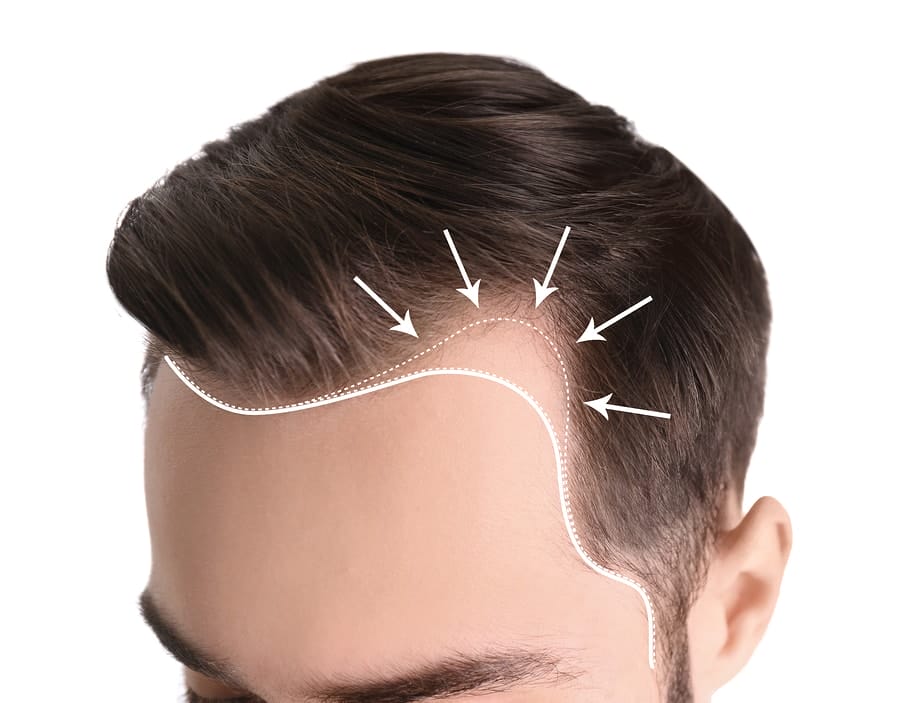
QUESTION 6: WHAT ARE THE FOODS THAT CAN CAUSE HAIR LOSS?
Since diet and hair loss intersect, it’s also possible that some foods groups might trigger hair problems. The first general rule is to avoid allergens, any food causing an allergic reaction, because that increases the immune response, causing inflammation and constricting blood flow to the scalp and hair follicles.
The second rule is to increase alkaline foods and decrease acidic foods. This can slow down hair loss. Try to avoid dairy products, carbonated drinks, sugary cereals, and greasy foods. These meals can cause delayed allergic reactions, build up epidermis plaque on the scalp, increase hair follicle miniaturisation, spike blood-sugar level, restrict blood flow, and clog the sweat pores. If you can cut them from your diet, you might slow down hair loss and promote hair regrowth over time.
QUESTION 7: DOES FREQUENT COMBING CAUSE HAIR LOSS?
On the contrary, frequent and regular combing is a good habit, and helps to promote the health of the hair and scalp, according the hair specialists. Bear in mind that you will need need to not comb too hard as this may separate the hair from the roots. Hair fibre is extremely sensitive to excessive physical stress. Under such stress, the cuticles will flake and then strip away, leading to breakages and hair fall.
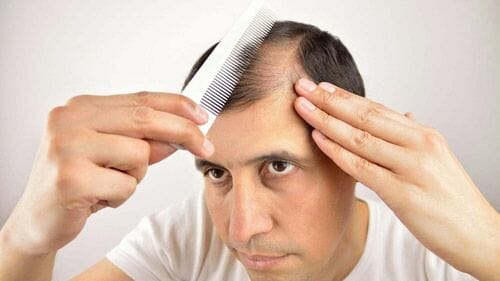
QUESTION 8: DOES DANDRUFF CAUSE HAIR LOSS?
Dandruff is common condition that causes flaky skin on your scalp. This skin often falls off, leaving white flakes on your shoulders. In most cases, dandruff doesn’t directly cause hair loss. Excessive and anxious scratching injures your hair follicles, encourages fungi, forms rashes, and creates other dermatological conditions related to the skin flakes. Thus, continued and prolonged scratching weakens the hair follicles, leading to hair loss.

QUESTION 9: WHAT IS THE BEST TREATMENT FOR HAIR LOSS?
If you decide to start treatment to save your hair, a good place to start is with minoxidil, more commonly known as Rogaine, which came recommended as the first line of defence by many experts. Don’t expect this hair-loss treatment to create luscious locks; minoxidil is better at slowing down or preventing more loss rather than promoting hair growth. But, according to Dr. Amy McMichael, professor and chair of Wake Forest Baptist Medical Center’s Department of Dermatology, it is effective “if used as recommended, with evidence of improvement seen around six to nine months.” Simply massage the foam or solution into your scalp once or twice daily, and for best results, use a formula with a 5 percent concentration.

WHAT IS SCALP RF MICRONEEDLING FOR HAIR LOSS?
- ⭐ RF Microneedling and AGA Treatment. When used as a supplementary treatment in conjunction with 5% minoxidil, Scalp RF Microneedling for hair loss has shown notable success in addressing Androgenetic Alopecia (AGA).
- ⭐ Efficacy in Pattern Hair Loss. Scalp RF Microneedling for hair loss has proven its effectiveness in treating pattern hair loss for both males and females.
- ⭐ Study Results on Hair Density Increase. A study has provided compelling evidence regarding the effectiveness of RF Scalp Microneedling for hair loss, which demonstrates a significant 25% average improvement in hair density following a year-long treatment.
- ⭐ Adjustable Depth of Microneedling. The depth of the microneedling procedure can be adapted to suit specific needs, varying from 0.50 mm to 2.50 mm.
- ⭐ Flexible RF Microneedling Frequency. The frequency of RF Microneedling sessions can be adjusted according to each individual’s unique treatment plan and response to the therapy. Sessions can range from once a week to once a month.
QUESTION 10: HOW LONG DOES IT TAKE TO SEE RESULTS FROM A HAIR LOSS SOLUTION?
A topical hair loss solution starts working from the stages of hair follicles with respect to the stage of the hair loss. Since each person will have a different reason or cause behind the hair loss, the time frame will also vary accordingly to the situation and also the treatment type. Generally it should take between 5 to 7 months to get any visual difference because of the hair growth cycle, as each hair growth phase takes about 5 months to complete.
For Wellaholic’s Microneedling for Scalp, it will require a weekly treatment for 12 weeks to see good results, as evidenced from the case studies. For the Low Level Laser Therapy, it will take about 16 weeks to see good results, again based on evidence and facts from the case studies.

CONCLUSION: DO NOT LET HAIR LOSS AFFECT YOUR CONFIDENCE AND WELL-BEING
Hair loss can result in a variety of psychological and emotional issues associated with how we perceive ourselves, and how we think we believe other people perceive us. Many people who experience progressive hair loss are able to accept it, but for others, hair loss can have a devastating impact resulting in depression and anxiety. Nevertheless, you should not let hair thinning and hair loss affect you. There are many hair loss treatments and solutions in Singapore, provided by Wellaholic but also by other providers. No matter which option you choose, remember to research to find out the scientific basis of the treatment in order to see the best results.
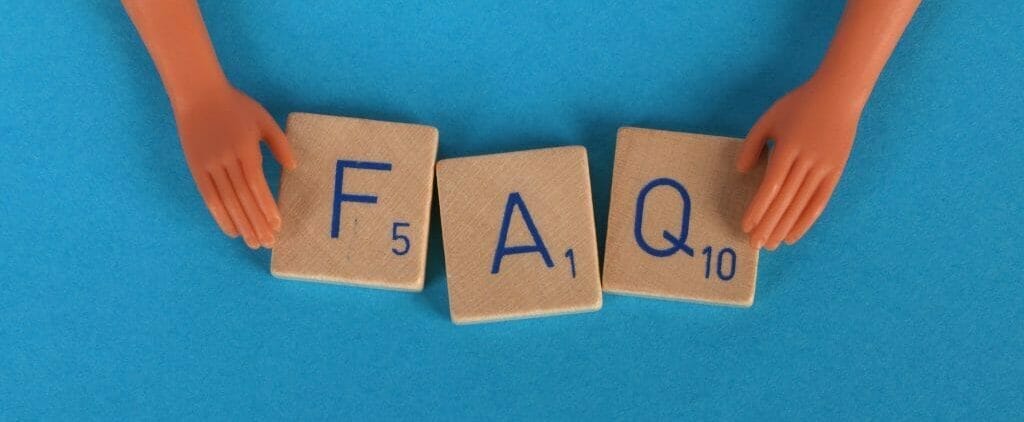
Frequently Asked Questions (FAQ)
Q: Am I losing more hair than I should be?
A: Women lose between 50 and 100 strands per day, even up to 150 in some cases. Men tend to lose even more hair. As you grow older, hair gets thinner and greyer as a result. When this happens, the hairs break more easily. There are many factors leading to this, including the loss of protein, vitamins, minerals and other hormonal factors may also be the cause.
Q: How do I know if I am getting stronger hair?
A: You can check on your hair’s health and strength with this method: Take about 60 strands of hair between your fingers and pull, running your fingers through your hair. Usually between 5 and 8 hairs will come out — this is normal. An excess of 15 hairs, however, is not as common and means you are losing more hair than you should be.
Q: How do I know if my hair loss is due to main pattern baldness?
A: Hormones are the most common cause of hair loss for both women and men. In both sexes, the specific hormone responsible for hair loss is the same: dihydrotestosterone (known as “DHT”), a hormone that your body produces as a byproduct of testosterone. DHT affects your hairline by miniaturizing hair follicles, causing the hairs to stop growing as they normally would and eventually fall out.
Q: Is hair loss permanent?
A: This hair loss is called androgenic alopecia, or female-pattern hair loss (FPHL). Overall, it’s the most serious form of hair loss. Because androgenic alopecia can miniaturize your hair follicles, the hair that you lose is often gone permanently.

Have an Article to Suggest?
Tropika Club is always looking for new and exciting content to feature in their magazine and they value the input of our readers. If you have any noteworthy content or articles that you believe would be a great addition to Tropika Club’s magazine, we are open to suggestions and encourage you to reach out to us via email at [email protected]. By doing so, Tropika Club values your expertise and knowledge in the matter and appreciates your willingness to help. We will review your recommendations and update our list accordingly
Meanwhile, Check Out Tropika Club’s Ecosystem of Websites

Tropika Club Magazine – Tropika Club Magazine is a Singapore-based publication that features articles on a wide range of topics with a focus on local businesses and content for the region. The magazine emphasizes supporting local businesses through its #SupportLocal initiative, which includes coverage of everything from neighborhood hawker stalls to aesthetic clinics in town. In addition to highlighting local businesses, Tropika Club Magazine also covers a variety of local content, including beauty, lifestyle, places, eats, and what’s on in Singapore and the Asia Pacific region.
Tropika Club Deals – Tropika Club Deals is a leading online deals and voucher shopping site in Singapore, offering amazing discounts on beauty, wellness, and fitness products and services. It’s the perfect platform for customers who want to discover the best deals without having to commit to a specific appointment date and time. These deals are available at major beauty stores, facial salons, hair salons, and other brands in Singapore, with no minimum spend required. Choose from guaranteed discounted deals in the categories of hairstyling, hair removal, facial & aesthetics, body slimming, brows & lashes, nails & makeup, massage & spa or fitness & wellness. Tropika Club Deals is also ideal for customers who want to buy vouchers as gifts or to use for the future. So whether you’re looking to save money on your next haircut or want to treat yourself to a relaxing massage, Tropika Club Deals has got you covered with the best voucher and coupon deals in Singapore!




